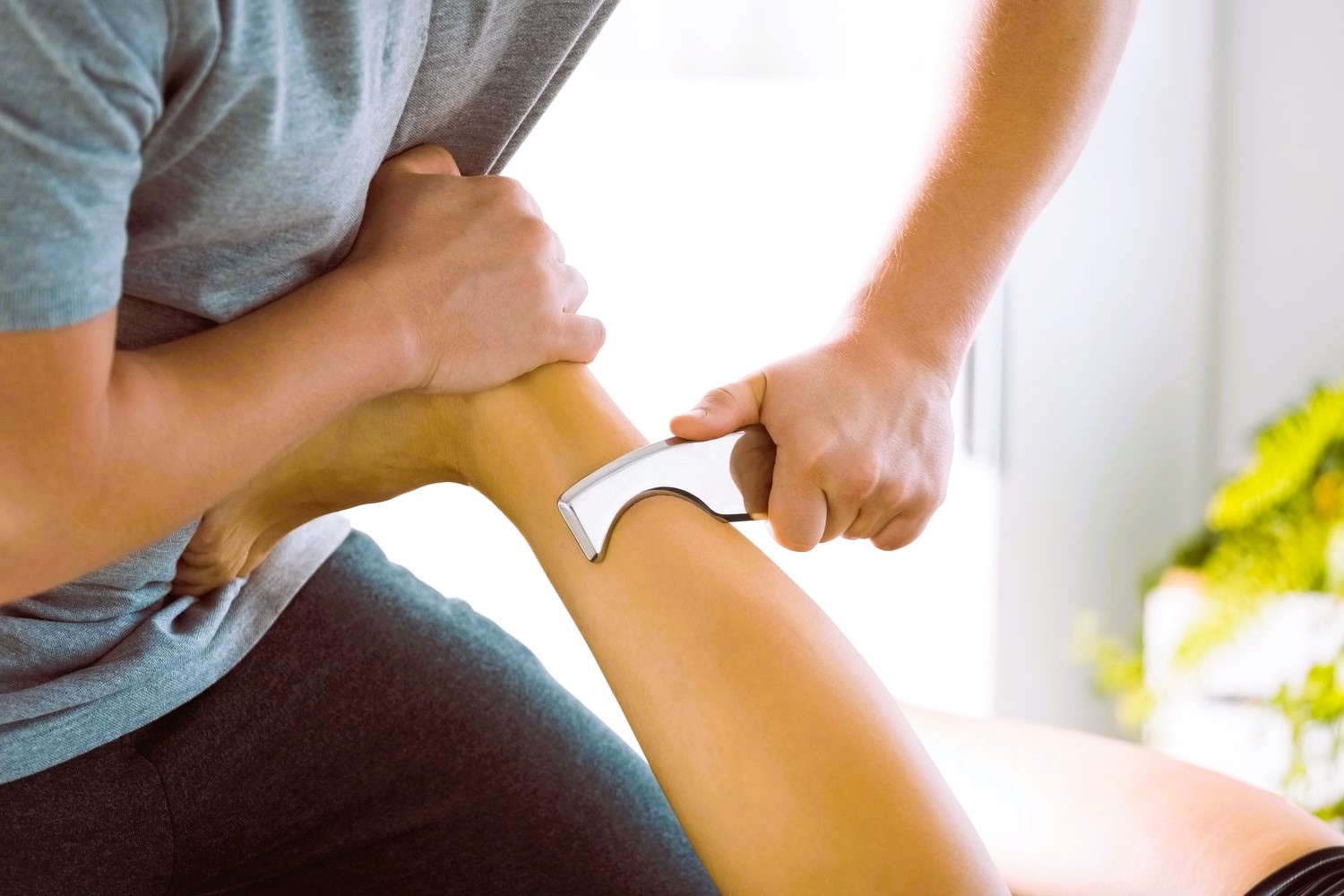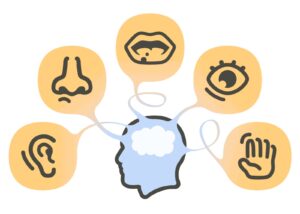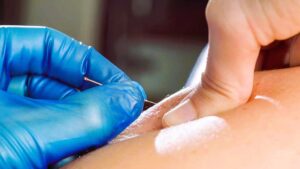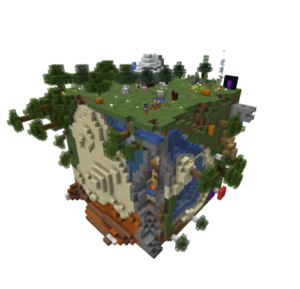Instrument Assisted Soft Tissue Mobilization (IASTM) presents numerous advantages for patients undergoing physical therapy.
For instance, employing specialized instruments during rehabilitation can aid sports injury patients in enhancing both their range of motion and soft tissue functionality, as indicated by research published in the Journal of Exercise Rehabilitation. Moreover, it may alleviate discomfort while potentially shortening recovery periods, facilitating a swifter return to activity.
A systematic review, featured in the journal Physical Therapy Reviews, underscores the benefits of IASTM in augmenting blood circulation to affected areas, releasing myofascial restrictions, and attenuating pain receptors. Furthermore, it positively impacts various tissues by reducing viscosity and enhancing flexibility.
A common query among Physical Therapists (PTs) pertains to the selection of appropriate IASTM tools to optimize patient care. Here are three indispensable tools for IASTM, along with considerations for choosing the most suitable ones:
#1: The Handlebar
This tool derives its name from its resemblance to a bicycle’s handlebar. Characterized by its elongated structure, the handlebar proves advantageous when addressing larger muscle groups such as the quadriceps, hamstrings, and trapezius muscles. The Graston Technique is among the renowned treatment methods that utilize the handlebar in IASTM.
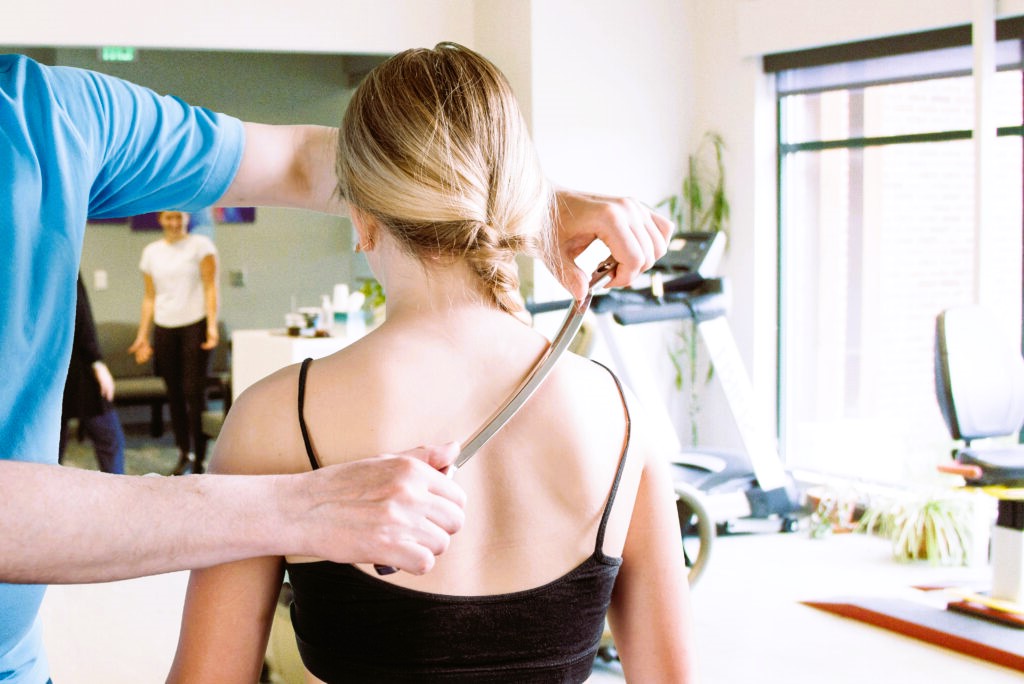
#2: Small, Smooth-Edged IASTM Tools
Another category of IASTM tools frequently utilized by healthcare practitioners is the smaller, smooth-edged variety. Resembling spoons or rounded squares, these tools are particularly effective for targeting smaller, well-defined areas of the body. Widely employed in the traditional Chinese medicine technique known as gua sha, they aid in scar tissue breakdown, joint function restoration, and inflammation reduction.
#3: Beveled Edge Tools
The third essential type of IASTM tool for PTs is the beveled edge tool. Its versatile design allows for application across various body parts. Additionally, there are single-beveled edge tools, ideal for deeper penetration, and double-beveled edge tools, preferable for more delicate areas such as the wrists and feet. Important information for physiotherapists, read more in the article Dry needling.
When procuring these tools, several factors merit consideration to ensure optimal suitability for your practice:
Factors to Consider in IASTM Tool Procurement
- Patient Population: Reflect on the prevalent conditions in your physical therapy practice to determine which type of IASTM tool would be most frequently utilized.
- Tool Attributes: Amidst a plethora of brand and design options, prioritize factors such as product durability, pricing, return policy, and customer reviews. Thoroughly assess these aspects to ascertain the most suitable tool for your needs.
Furthermore, proficiency in the efficient, effective, and safe utilization of these tools is paramount. This may necessitate additional training, ultimately enhancing the quality of care offered to patients. As the adage goes, the more tools at a PT’s disposal, the greater the value bestowed upon patients.
You can read more about this topic on the Wikipedia page.

